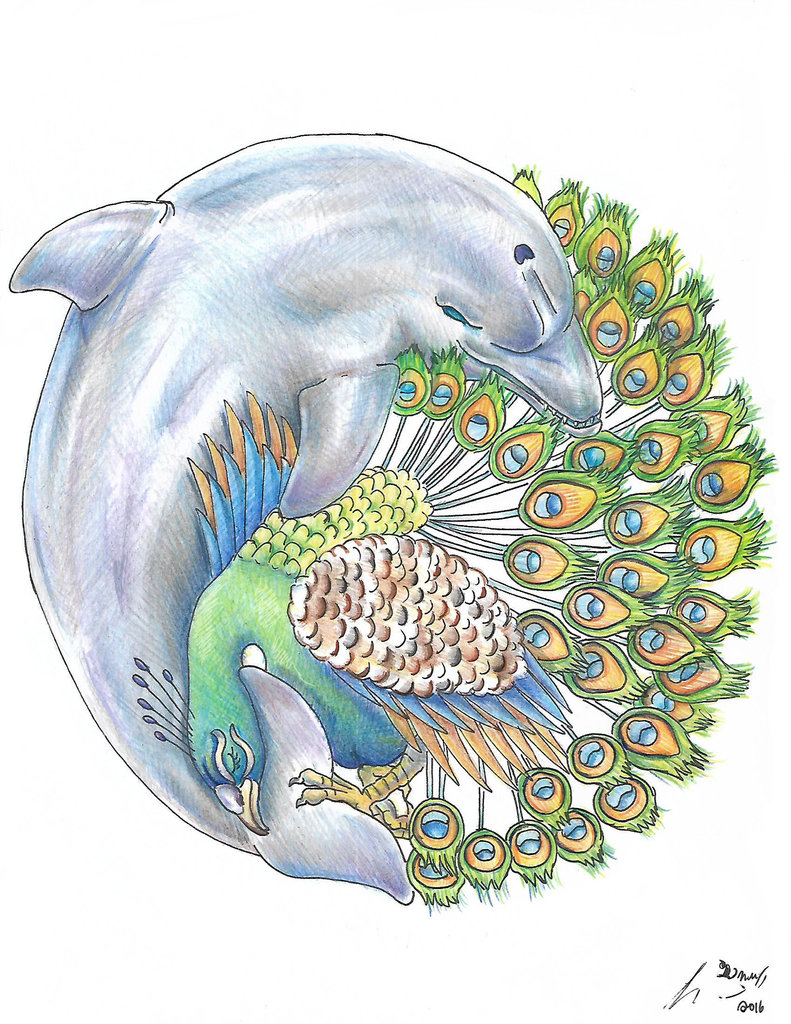
One of my favorite books of all time. One of the best film adaptations of a book as well, done by Hiroshi Teshigahara in collaboration with Abe. Both are equally mesmeric.
Kobo Abe’s well-honed, surreal worlds became etched permanently in my mind, and this novel more than his others. Even after reading some of his less intense, and less masterful novels, I still retained a deep appreciation for his bizarre aesthetic. You will discover a similar texture and attitude as in Poe or Baudelaire. Though he is not often discussed in the same circles as Kenzaburo Oe or Haruki Murakami, his influence has become far-reaching, and is more singular in its approach.
This is Abe’s finest work, in my opinion, far-surpassing Box-Man, Ruined Map, Ark Sakura and Kangaroo Notebook. However, almost everything he wrote affected me in one way or another. This could have been because I read most of his oeuvre in college, impressionable as I was.
It wasn’t until I also read Quicksand, by Tanizaki, that I realized that both novels were about on the same level in my mind. Tanizaki’s masterpiece, less about sand, and more about love, felt like a parry to Abe’s, even though Abe’s came later. Both are existential. Abe’s is more mythic, and Tanizaki’s more grounded. I was socked in the gut by both. There is an essence of self-sabotage to the characters’ psyches and an inescapable passion consumes them, leading inevitably toward a void. I was enraptured by Abe first, and will likely return to this novel far more often.
Entomology exists on the fringes of Woman in the Dunes, as it does in Ark Sakura. Insects crawl through the novels, but they also make for a nice comparison to the main characters, who are trapped in an environment, where their humanity wears away, kept in a terrarium of sorts, and we, the readers, are studying them, fascinated. The film captures the voyeuristic quality of the narration incredibly well.
The shifting psychological portraits that Abe presents to us, are reminiscent of his experimental plays. I believe he was concerned with the human being as an object among disorienting constraints. As in Box Man, the most intriguing aspects of the plot arise from the juxtaposition of humanity with the absurdity of their own weakness, their limitations define them, and allow them to discover hidden potentialities, often as disturbing as they are enlightening. He explores humanity’s survival instinct in Beasts Head for Home, and much of the same sentiment can be found here.
As dark and brooding as Kafka, but pure, simple, yet beguilingly complex, this novel rewards those who seek to dwell in the liminal spaces between reality and dream. The burden of understanding ourselves is an illustration of perpetual motion. Humanity’s protean heart is contained in us all, vaguely buried beneath layers of propriety, comfort and self-denial. If all the world were sand, if it was all we knew, how would our minds conform to the contours of our flat horizon? Would the solitary figures of other minds, blasted smooth and coppery, sink into our anima?
Enmesh yourself in this softly distressing masterpiece.


Leave a comment